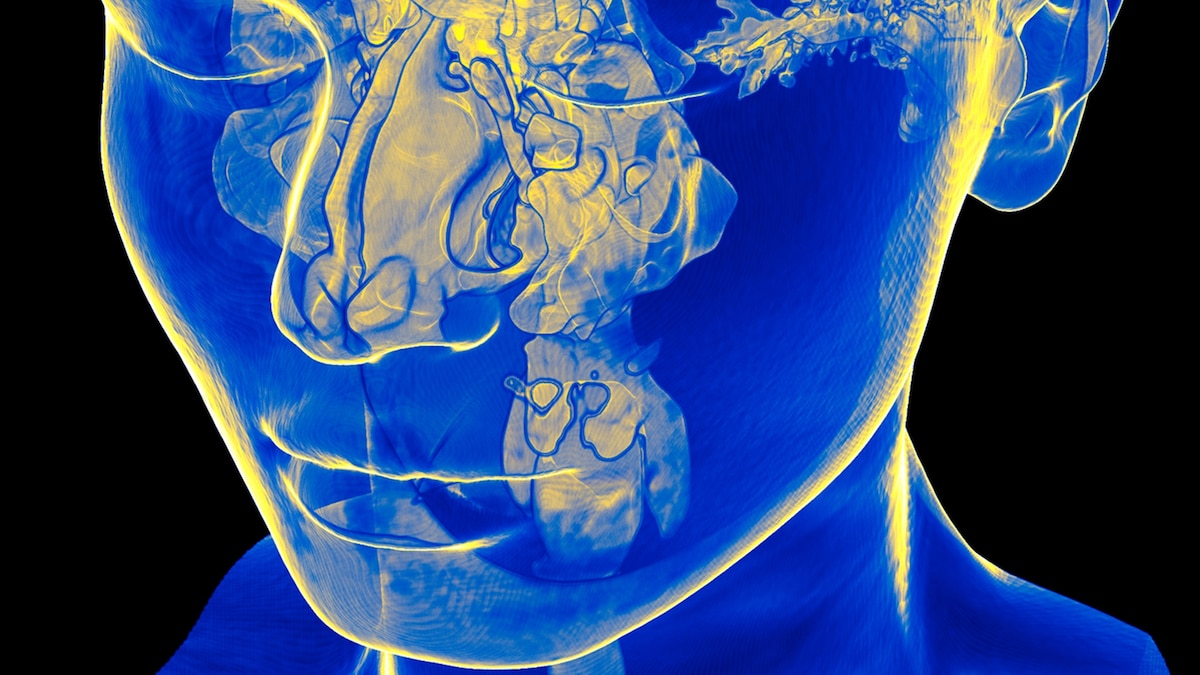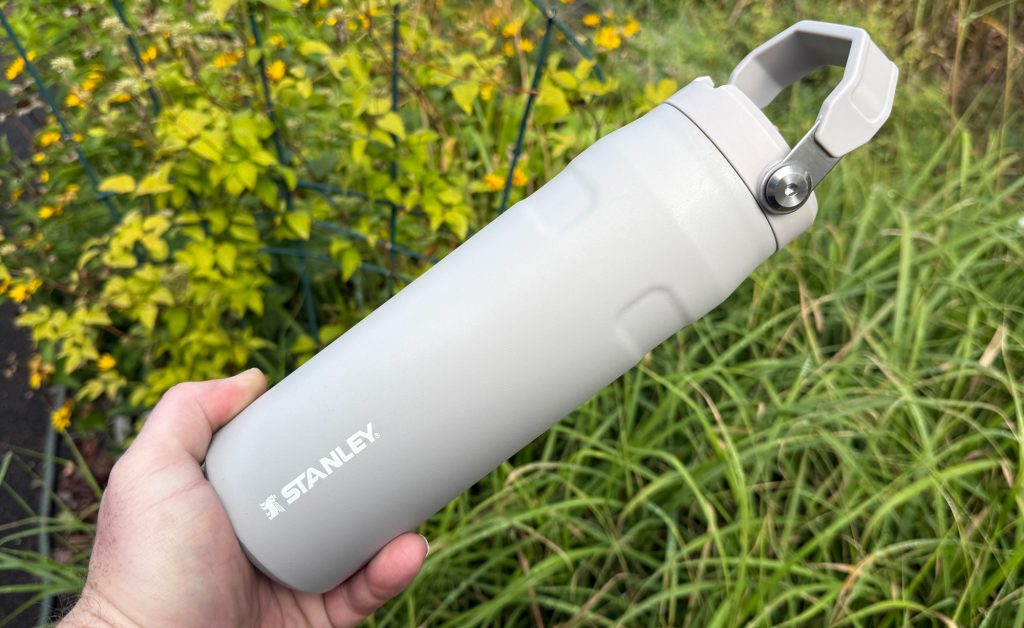Now Reading: Your Breath Pattern Could Unlock Health Insights, Like a Fingerprint
-
01
Your Breath Pattern Could Unlock Health Insights, Like a Fingerprint
Your Breath Pattern Could Unlock Health Insights, Like a Fingerprint

Quick Summary
- Scientists developed a method to identify individuals with 96.8% accuracy using unique breathing patterns from nasal airflow analysis over 24-hour periods.
- Breath patterns provided insights into mental and physical conditions,such as correlations with body mass index,sleep cycles,depression,and anxiety.
- Anxiety was linked to shorter inhales and varied pauses between breaths during sleep; pause variability emerged as a critical predictive parameter in the study.
- The research explores how breathing subconsciously interacts with numerous brain regions responsible for memory, emotion, motor skills, language processing, and cognition.
- Inhaling influences sensory sensitivity and task performance in non-smell-related activities like visual spatial tests.
- This link suggests potential for breath analysis as a diagnostic tool to screen health conditions; researchers are testing its applications further.
Indian Opinion Analysis
This research holds intriguing implications for medical science in India. Using breathing patterns as diagnostic tools could provide an accessible method for early detection of physical or mental health disorders-a significant breakthrough in a country where healthcare access remains uneven. Particularly relevant could be applications addressing widespread issues like stress or anxiety among India’s urban population.
India’s growing tech ecosystem may also align well with associated advancements in wearable devices such as the nasal airflow tracker used here. Integrating these innovations into India’s public healthcare infrastructure offers scope for improving overall wellness without straining resources. Moreover, culturally prevalent practices like meditation that emphasize controlled breathing could complement findings of altered breath benefiting mental well-being.
However, local validation on diverse populations needs rigorous study before adoption across demographics varying by socioeconomic status or lifestyle habits. If proven scalable and reliable under indian conditions long-term implementation prospects appear promising both diagnostically-and potentially therapeutically based on emerging links between changing breath patterns influencing mood regulation.




























